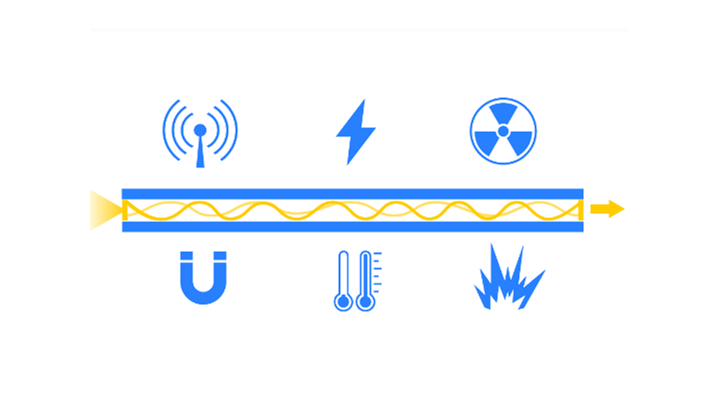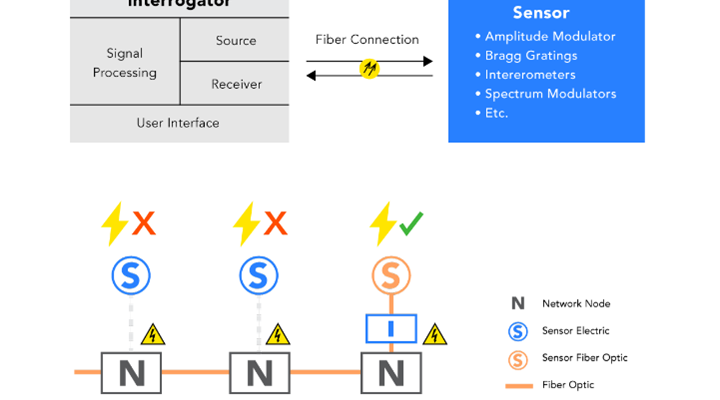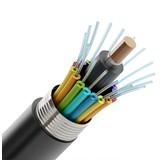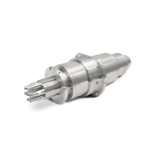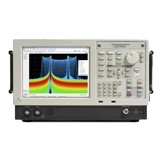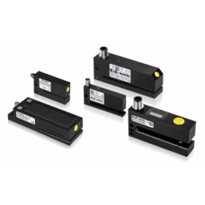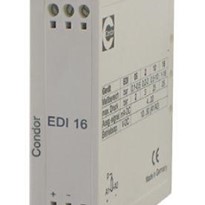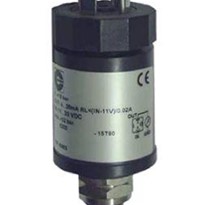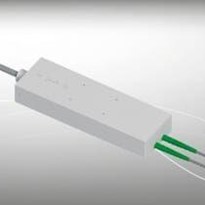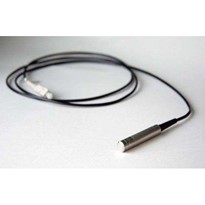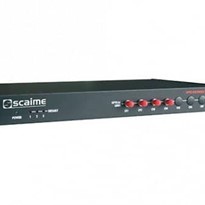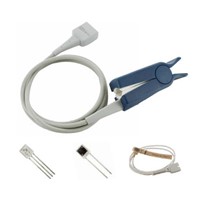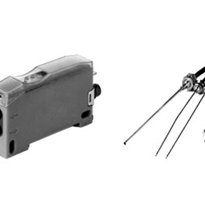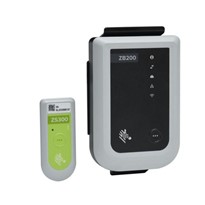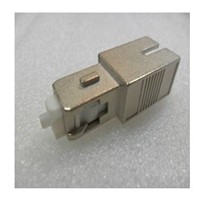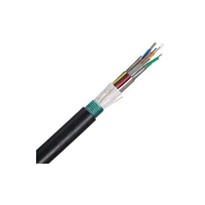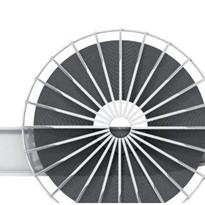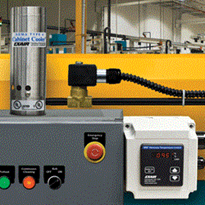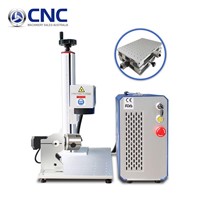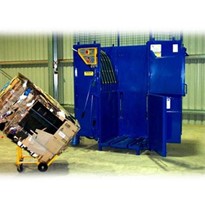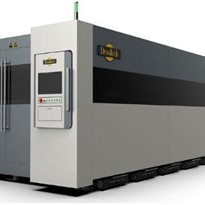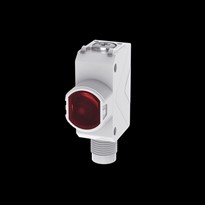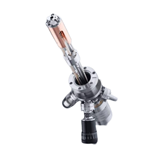Fiber optic sensors work entirely based on photons, which in common terms is known as light. From a physics point of view, photons do not have mass, photons do not interfere with electrons and photons only interfere with other photons under specific conditions. Therefore, photonic behavior is predictable and controllable according to basic physical laws, even within high electromagnetic fields, high magnetic fields, high radiation fields, and extreme temperature environments.
With the advent of fiber optics, the scientific community has learned to guide light over large distances within a small strand of glass with minimal loss or interference. The internet as we know it would not exist if it wasn’t for fiber optics. Incredible amounts of information are moved over the fiber optic networks crisscrossing the entire world.
It has become apparent that photons could be used for sensing physical quantities using only light. Many of the fiber optic innovations stemming from the communications industry can be directly applied to fiber optic sensing. Some of the earliest fiber optic sensors were fiber optic rotation sensors (gyros) that were described and demonstrated in the 1970’s. Fiber optic gyros are mature products, extremely accurate and reliable, and used primarily in high-end navigation systems as well as for geophysical drilling equipment guidance systems. Fiber optic acoustical sensors based on optical interference are so sensitive that they can pick up miniscule changes in pressure waves and detect sound from incredible distances -- sophisticated sonar applications are their main application. Sensors for temperature, strain, position, speed, angle, vibration, and sound have all been realized and are offered commercially. Of course, most any other physical quantities can be sensed and measured using light. However, not all possibilities have been explored or developed yet.
A fiber optic sensor is by definition entirely controlled by light and does not include any electrical components whatsoever. Typically, a fiber optic sensor is “interrogated” using a quantity of light, and the sensor alters the properties of this interrogation light signal in proportion to the physical quantity to be measured. The interrogator translates the received optical signals back into electronic quantities in either analog or digital form and serves as the interface to the attached control equipment.
Although fiber optic communication is being deployed extensively in industrial networks, the sensors connected to these networks are generally traditional electronic sensors measuring temperature, pressure, flow, position, speed, etc. As capable, versatile and intricate as electronics are today, there are limitations. Temperature range is limited to approximately -65°C to +125°C and an electronic sensor will not work reliably within high electromagnetic, magnetic fields, or radiation (X-ray). Electronic sensors are vulnerable to high voltage fields such as lightning strikes or high voltage transmission lines. Long electrical links are vulnerable to interference and ground loops, thereby compromising the sensitive sensor signals. Fiber Optic lines do not suffer from the problems mentioned above.
Micronor correctly identified the requirement for sensing needs beyond the realm of electronics and started developing the first fiber optic encoder in 2003 and launched this product in 2004. Sensing the movement of cable trams in mountainous areas and being immune to lightening strikes eliminated outages and increased reliability, resulting in cost savings over time. Since then, we have added numerous capabilities supporting our customers in the effort to overcome the limitations of traditional electric based sensors.
Fiber optic sensors not only offer advantages over electronic sensors, they enable new technologies to emerge. Sensors can be deployed within an MRI bore along with the patient. The sensor is not only immune to the extreme magnetic fields, but can also be transparent and invisible to the imaging process. This has resulted in new developments where robotics are integrated within the MRI bore. Other implementations include phantom organs to be used in the development of MRI software algorithms. For instance, an artificial heart using pneumatic power to move the heart muscles while the fiber optic sensors monitor the correct movement of the artificial muscles.
Clearly, fiber optic sensors are not meant to replace electronic based sensors. Rather, they augment automation and measuring systems, allowing for solutions that, without fiber optic capability, would not have been possible or would be cumbersome to realize. Fiber optic sensors are enablers of new technologies. At Micronor we are excited to be part of this pioneering field of technology and are proud to contribute to the future of yet unknown technological advances.
When planning a system or designing a new product, choosing the right sensor and the right sensor technology is important.
When dictated by the application, Fiber Optic Sensors offer many advantages over electronic based sensors.
Since fiber optic sensors are in general substantially more expensive to purchase, there must be compelling reasons in justifying a fiber optic sensor.
Contact us for more information about Fiber Optic Sensing solutions to suit your requirments


